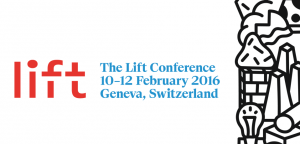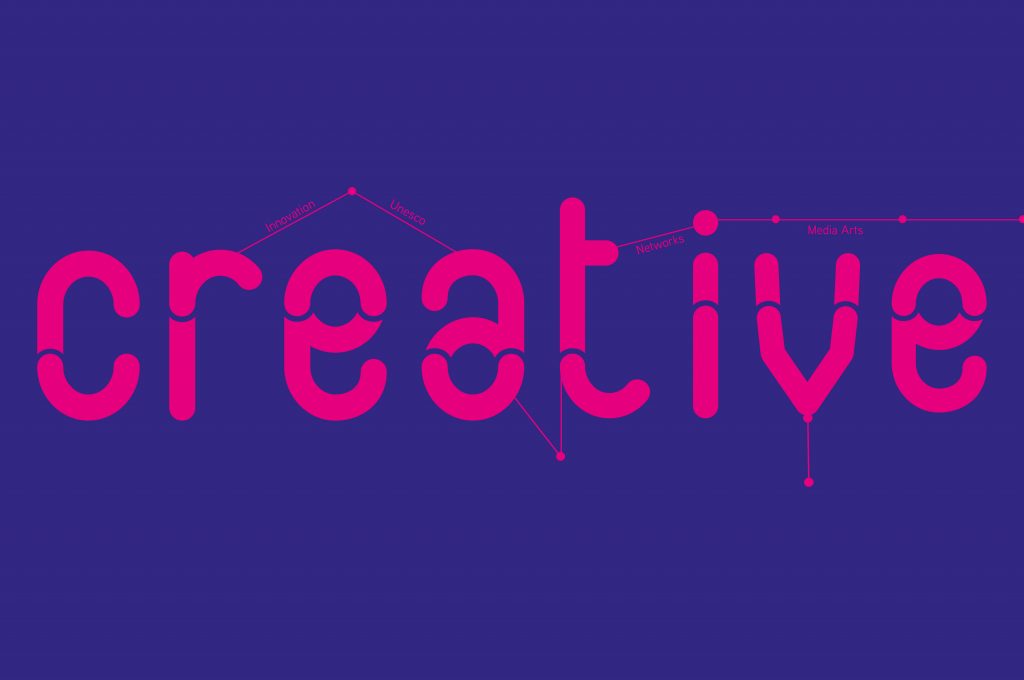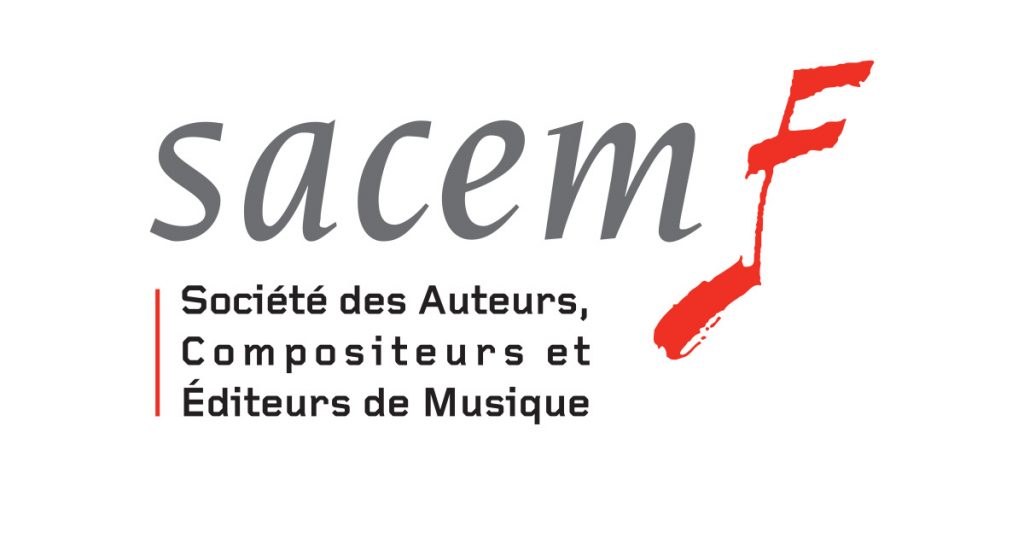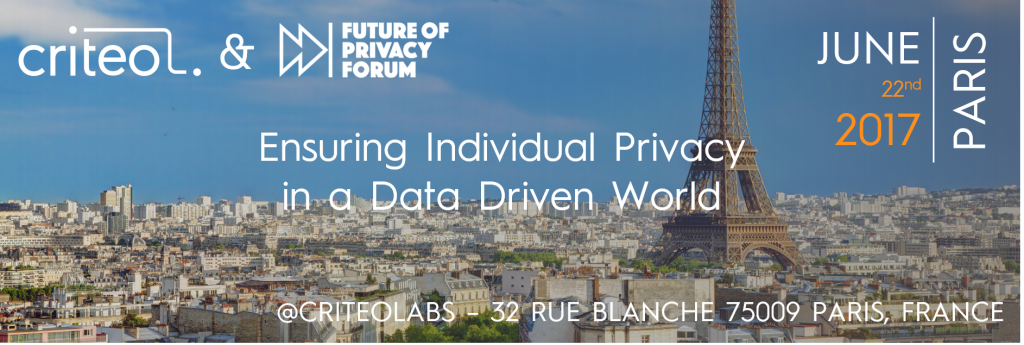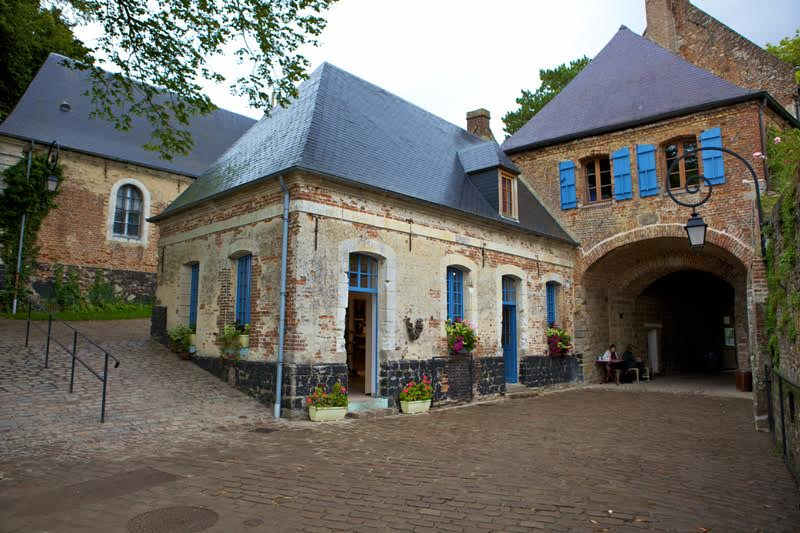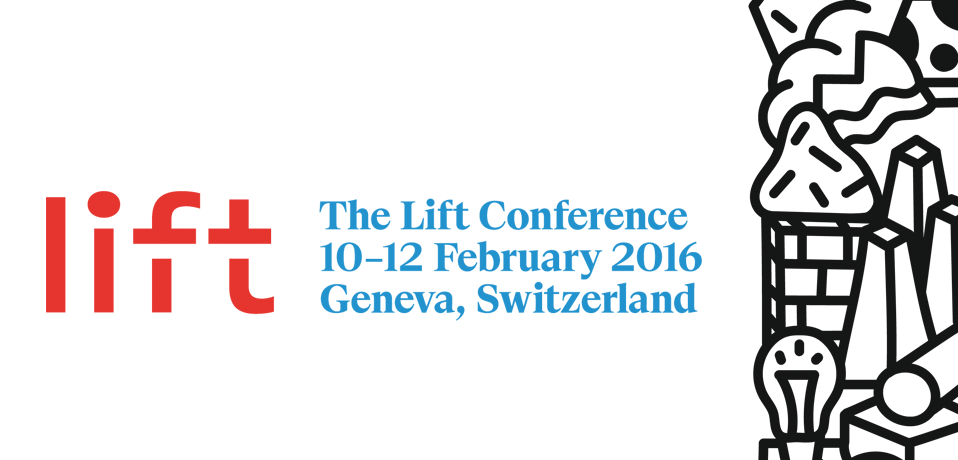
Will artificial intelligence replace human artists?
Will artificial intelligence replace human artists? is the question discussed during the LIFT conference held in Geneva, Switzerland (February 10-12 2016).
There are few aspects of human behaviour that are as important as creativity and of which we know so little. It seems creativity is a vague term that encompasses not just a very broad range of very different activities (painting, music, writing, designing, problem solving, dancing, theorem proving…) but also a broad range of possible views on those activities (is creativity in the product, in the process or in the person?). Computational approaches to study creativity present the advantage of being solidly based on theoretical foundations. For this reason, they provide a unique way of postulating and testing models of “creativity”. Like Feynman’s last blackboard said: “What I cannot create I do not understand”, working to build systems that simulate human creativity is one very plausible way to understand creativity better. This computational approach should help to disperse the ineffability that currently haunts all available theories of creativity.
The Flow Machines point of view is that the question to be raised is not whether machines can be autonomously creative, but how they can help people create interesting artefacts. Creativity often arises when someone tries to apply an existing style to new constraints or situations. A crucial technical question is therefore the identification of flexible computational models of style. With the Flow Machines project, we want to implement systems in which this is possible, in the domain of music composition and orchestration, and we argue that creativity as such is essentially a social phenomenon, and possibly an illusion, but that a new generation of fascinating content creation tools is emerging.



